It’s been an interminably long wait, but Black Widow, the 24th movie in the Marvel Cinematic Universe, is finally opening on Malaysian screens. This prequel, which takes place in between Captain America: Civil War and Avengers: Infinity War, finds Natasha alone and on the run, when she’s unexpectedly dragged back into her past and is forced to confront the darker parts of her ledger.
In this Goggler exclusive, we had the opportunity to speak to director Cate Shortland about her cinematic inspirations, the importance of crafting a new feminine dynamic within the MCU, and what she hopes the audience will take away from her movie.
Umapagan Ampikaipakan: First of all, congratulations on the movie. Can I just say that your final action set piece, that aerial stuff, was absolutely breathtaking. I can’t wait for cinemas in Malaysia to reopen so I can go check it out on the biggest screen possible.
Cate Shortland: Thank you so much.
UA: I was curious as to you mood board when making Black Widow from a genre perspective. I was getting Bourne vibes. I was getting Bond vibes. What were the films that inspired you when it came to making this one?
CS: I was really inspired by a lot of photography, as well as films like No Country for Old Men and Sicario, the first one, and Silence of the Lambs, Alien, Thelma and Louise. So, both films with really amazing, nuanced performances by female leads like Sigourney Weaver, and Emily Blunt, and Jodie Foster, but then also really beautifully made films such as No Country for Old Men and Alien, where they create suspense in unexpected ways.
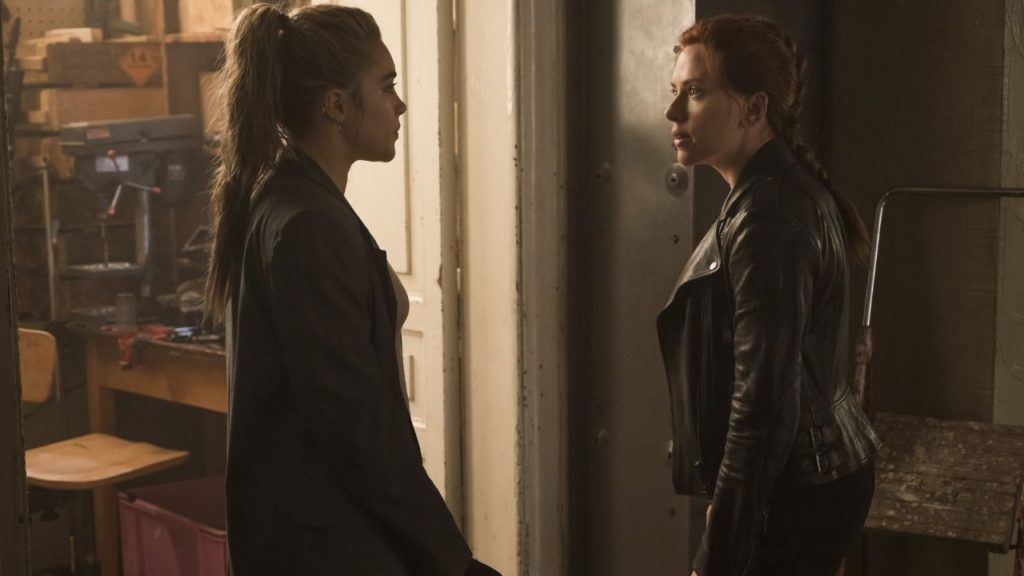
UA: I think that you’ve successfully added a new dynamic to the MCU, in that we’ve had 23 movies before this, and all of them have had some incredible bromances in them. But this is the first real movie with a “womance,” and not just between Scarlett and Florence, but also with Rachel as well. Could you talk about the importance of that sisterhood and their relationship in the context of the MCU?
CS: I think we toyed with the idea, when we were scripting this, of there being a male figure in the film. But then, as we got further into the script, and as we started casting, we cast Florence Pugh, and then we cast Rachel Weisz. And it was like, God, we just all wanted to see them on screen together.
And I think why Florence and Scarlett work so well together is because of our writer, Eric Pearson. He’s this big goofball and a very smart one. And he has put so much of himself into Florence.
We also got Nicole Holofcener in to work on some of the scenes with the women. Which was really important for me because you’ve got these really contradictory, specific, women, who are not just superheroes, but are dealing with their past, and figuring out how to move forward in the world. And I just wanted to give them that time and to enjoy it. I also find them really funny. And I think I think what’s great is that men are laughing along with them.
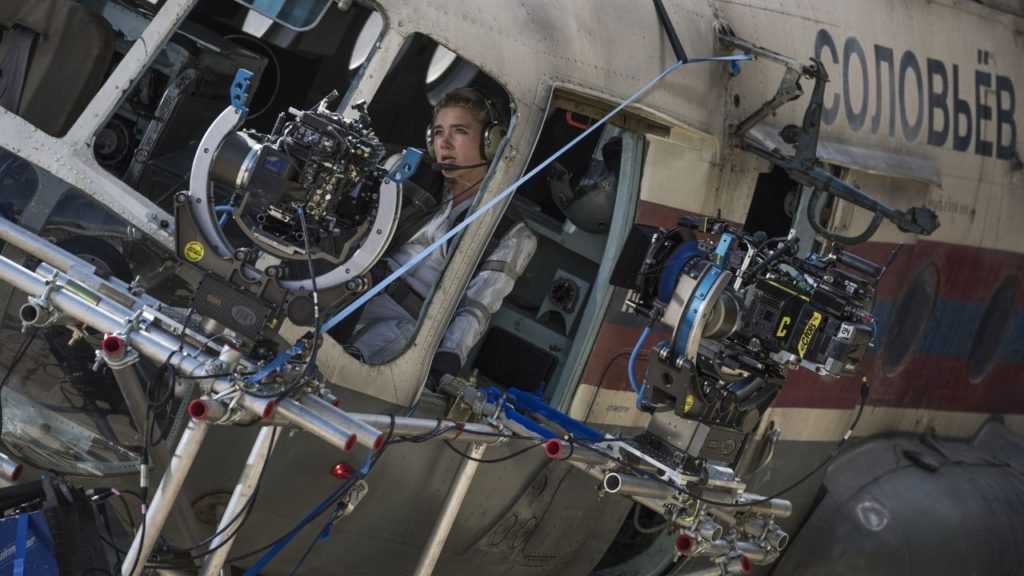
UA: And when you were making this big, loud, action packed, superhero movie, what were you hoping was the message that the audience would take away?
CS: That we’re flawed. That we’re incredibly flawed and that it’s okay. Because we all go through life wearing superhero suits, and it might be a nurse’s outfit, or a teacher’s, or a street sweeper’s, and I think what’s important is that we take off those those titles, of superhero, or mom, or whatever. I think we’ve got to take off the suit and allow ourselves to be vulnerable.
And that’s what’s beautiful about Natasha in this film. She’s spent so much of her time thinking that she needs to be strong for everybody else. And then she’s put into situations where she suddenly has to rely on Yelena. And that’s hard. Not just for her, but for all of us, to put our trust in others.
That was a very messy answer. But basically, I just want people to understand that the messiness of life is also the beauty of it.

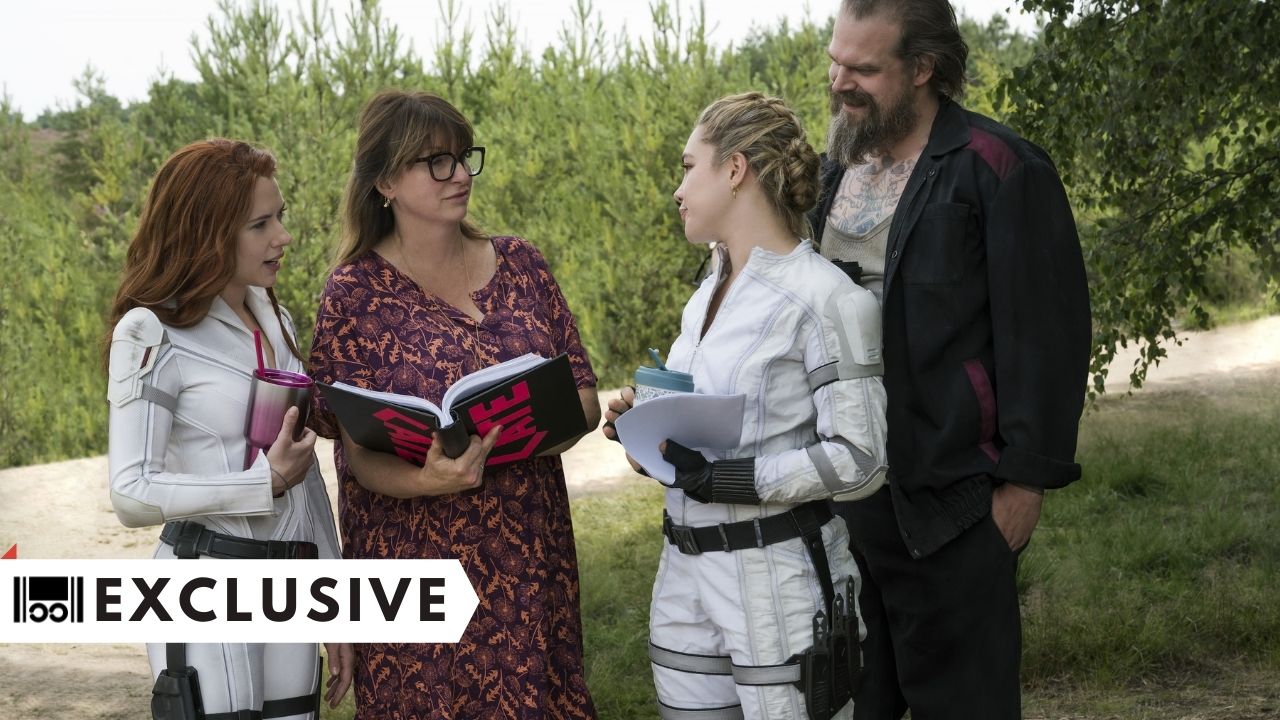
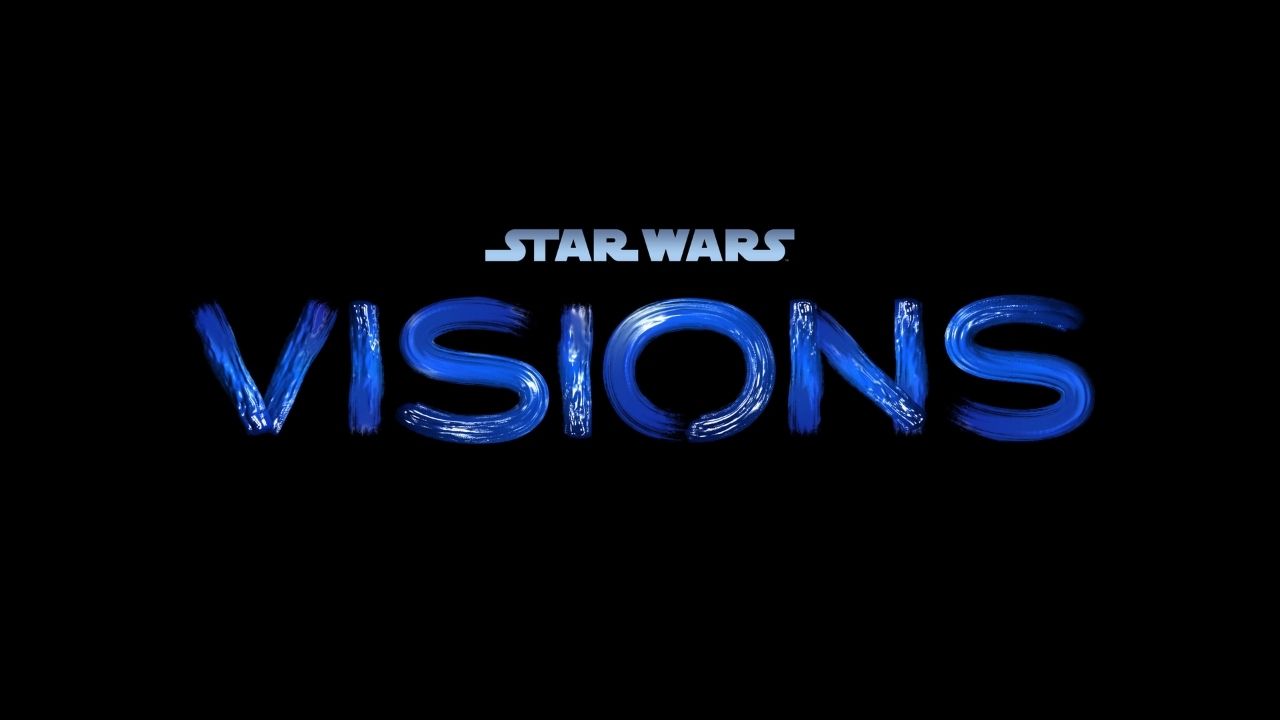
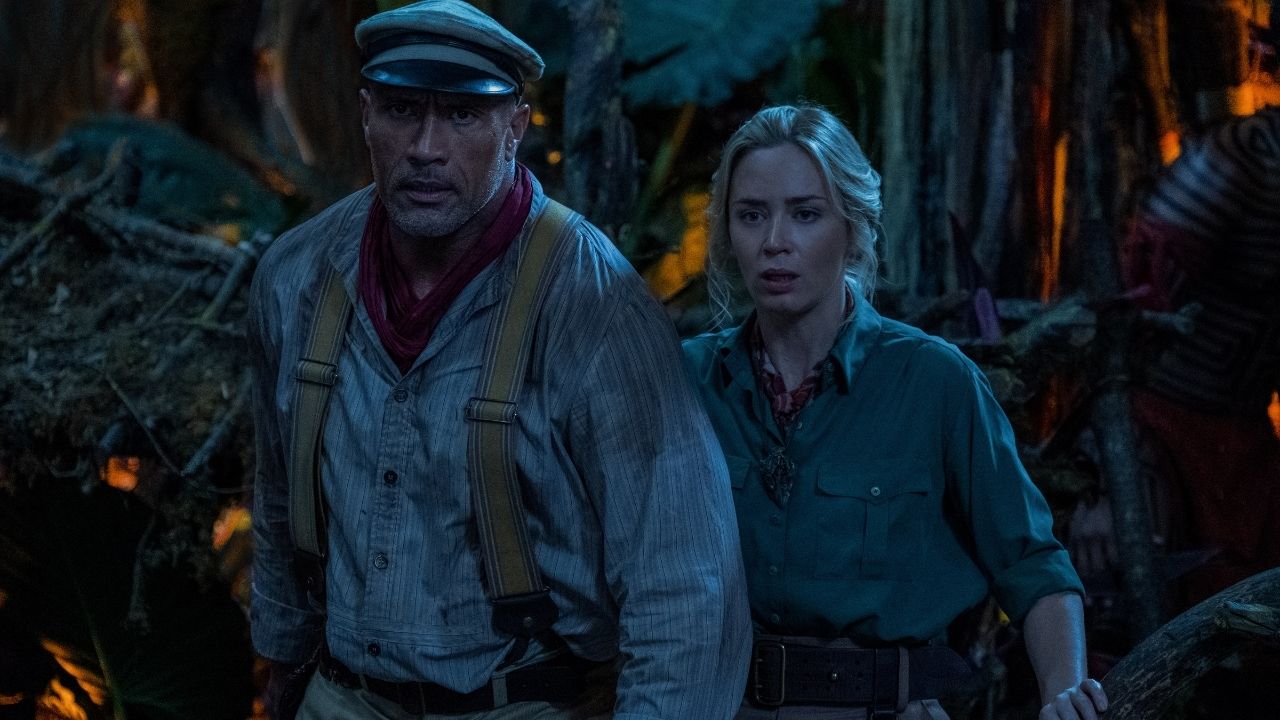
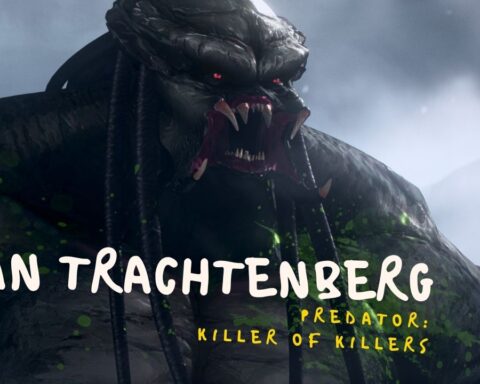
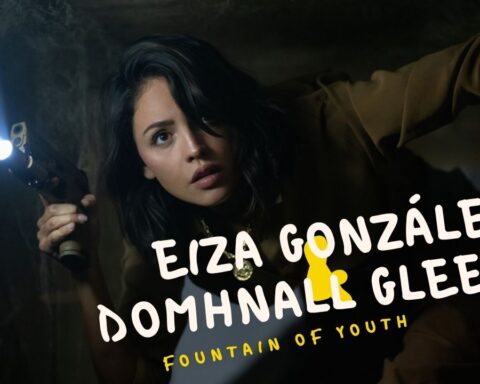
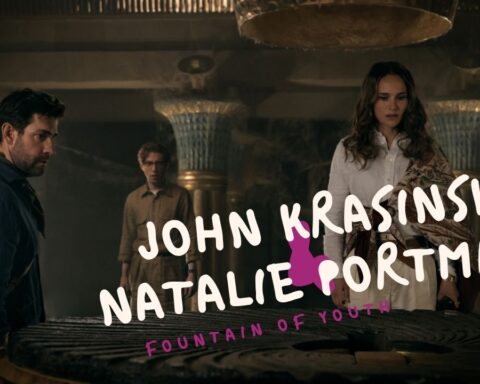
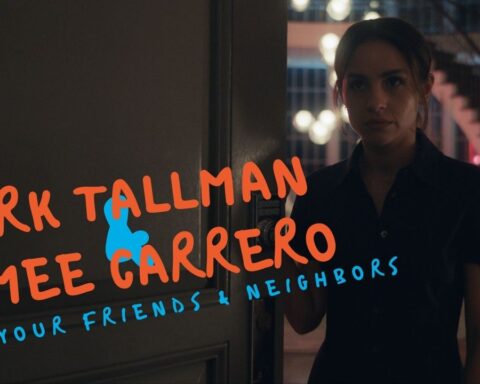
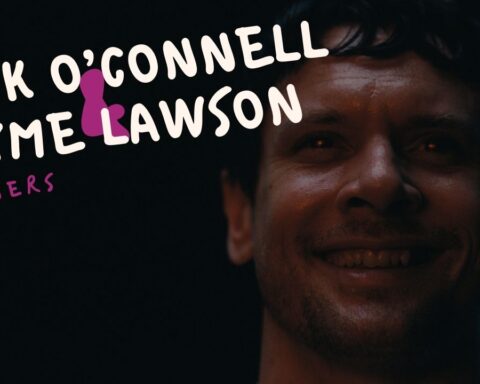
Follow Us